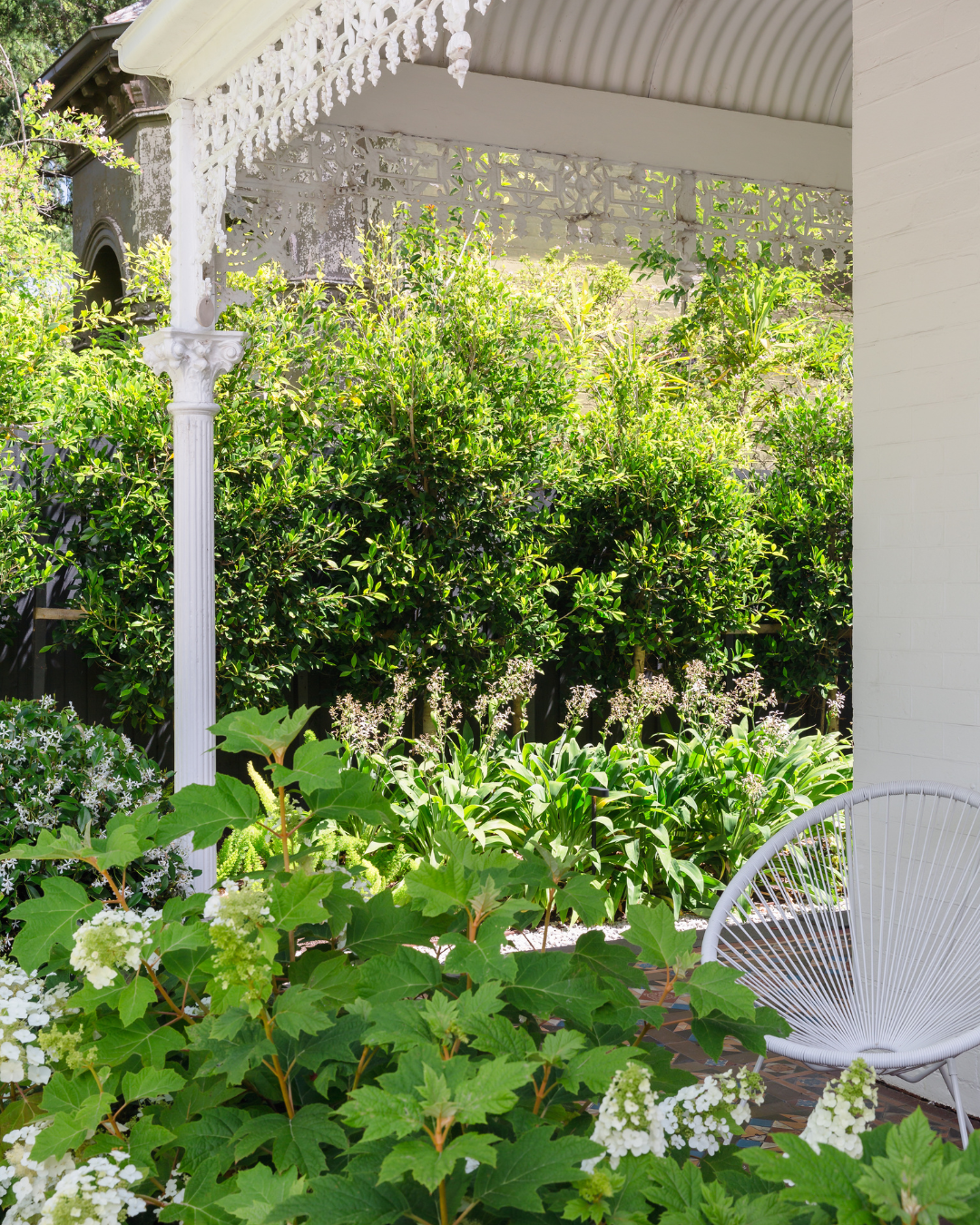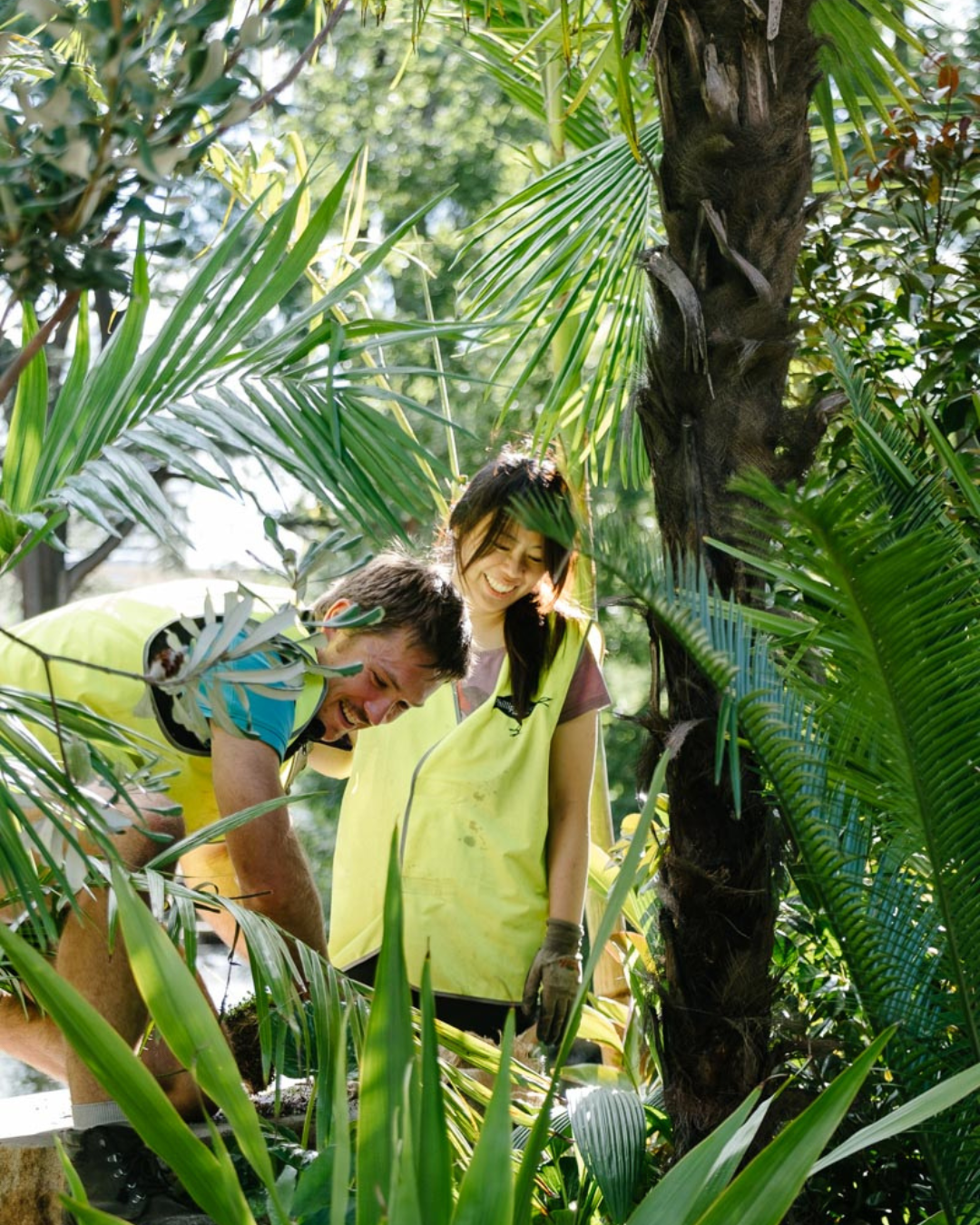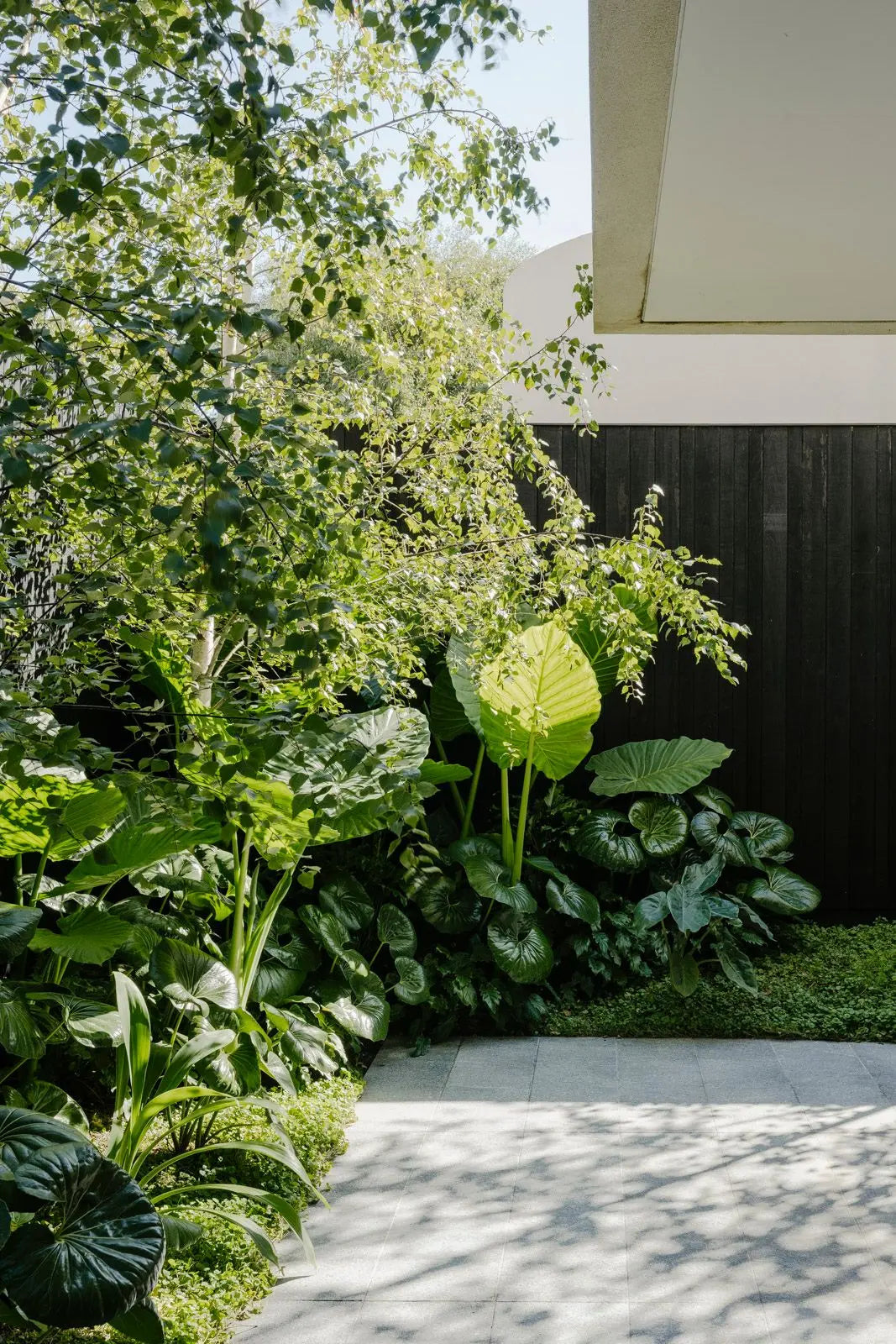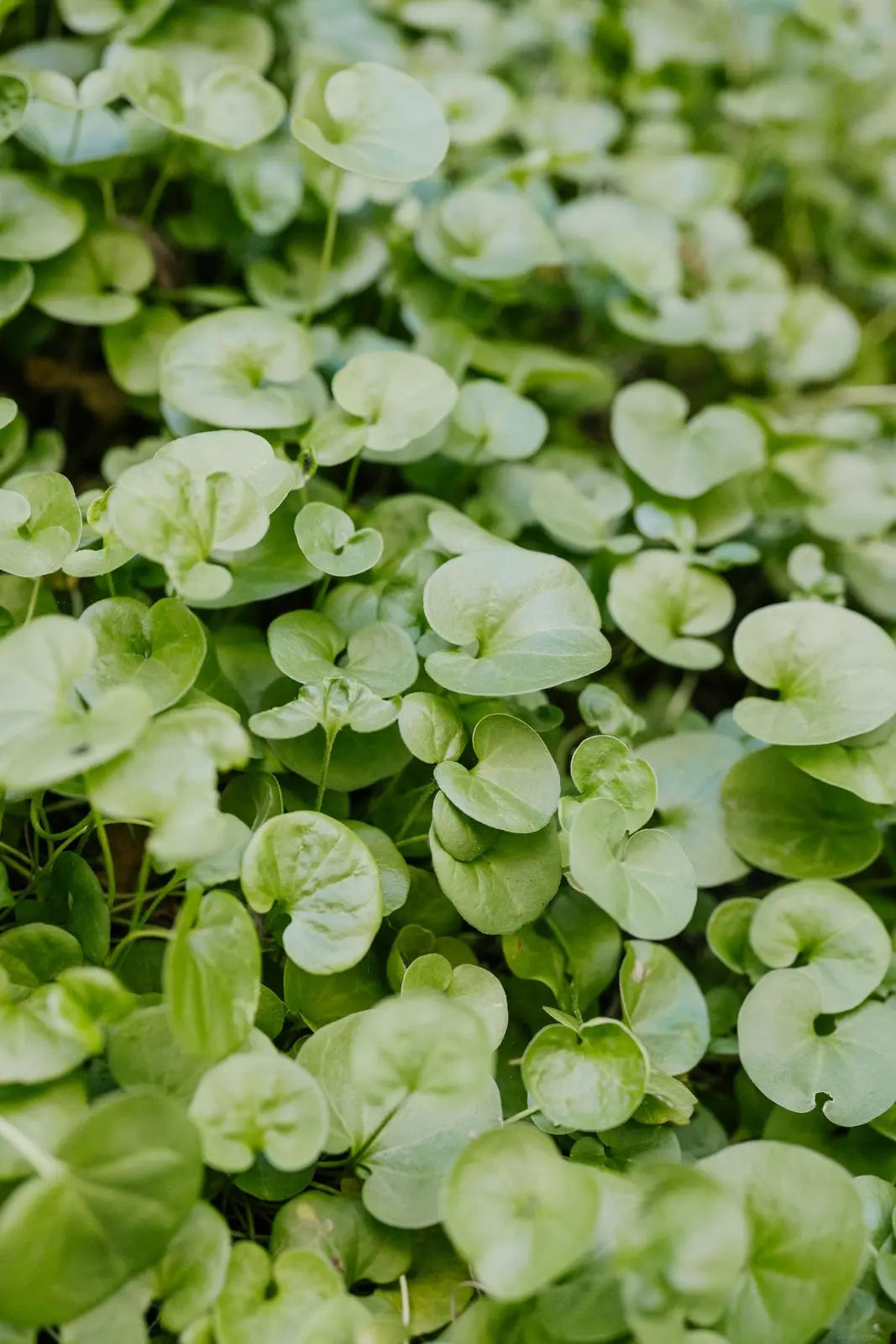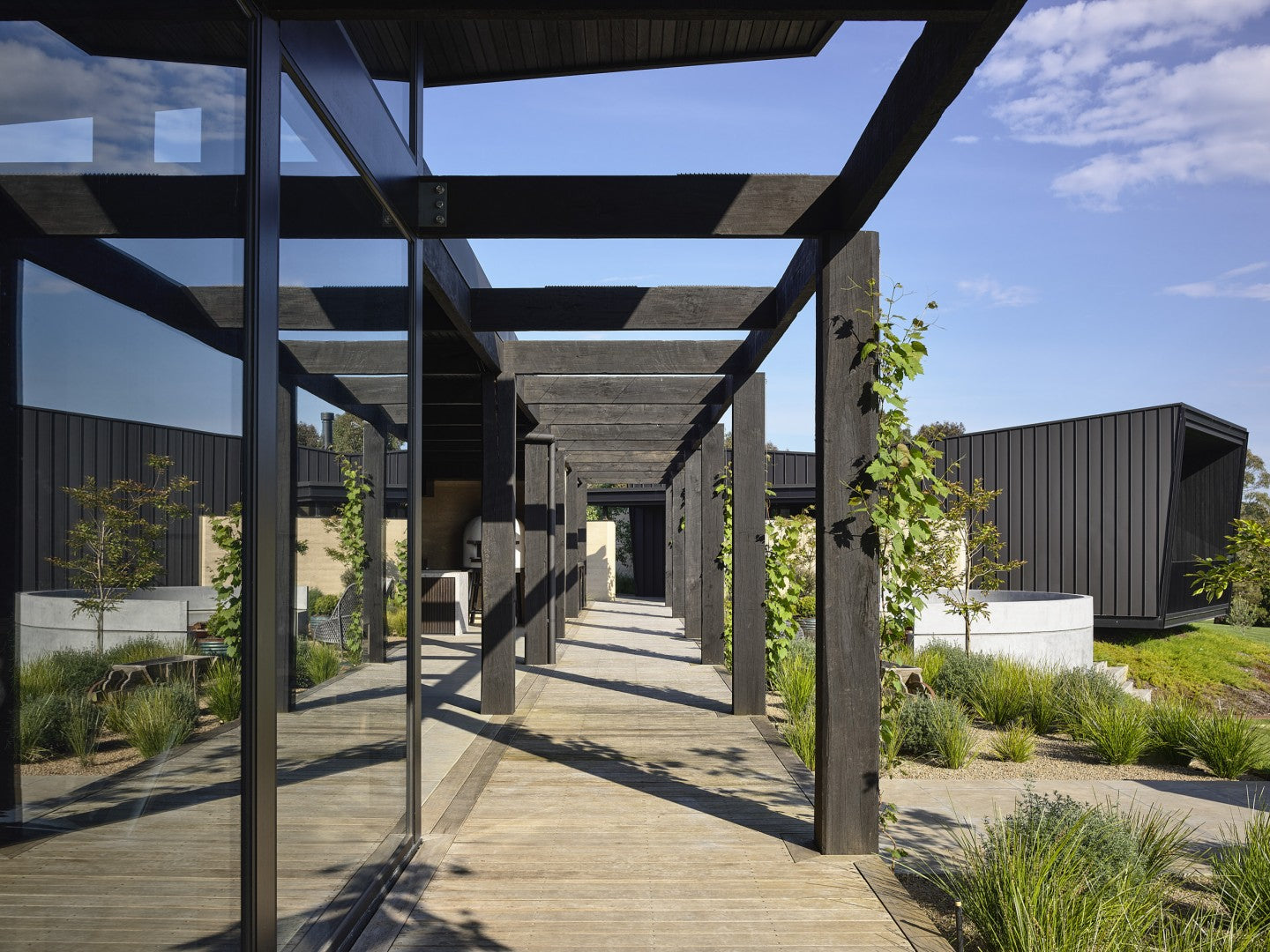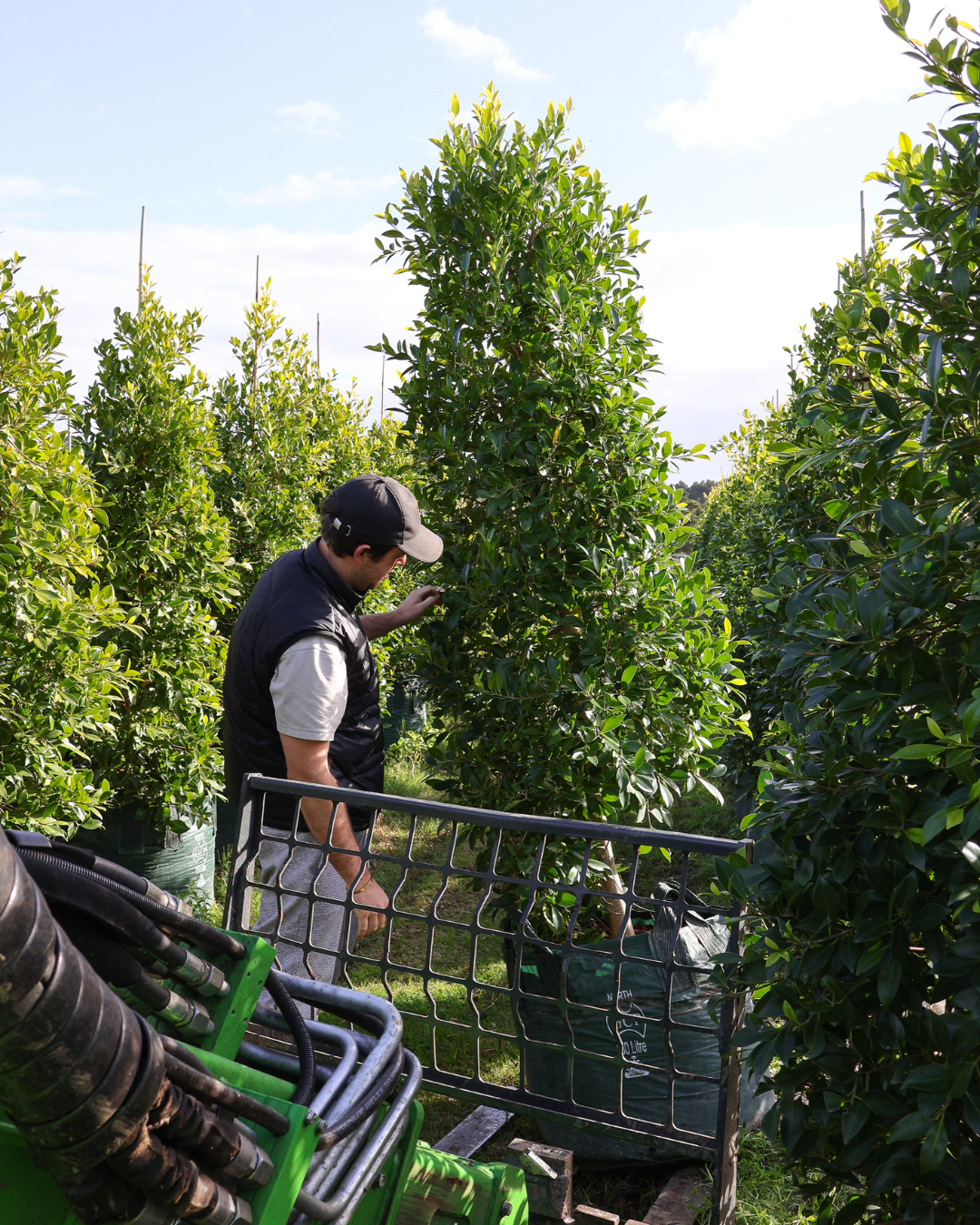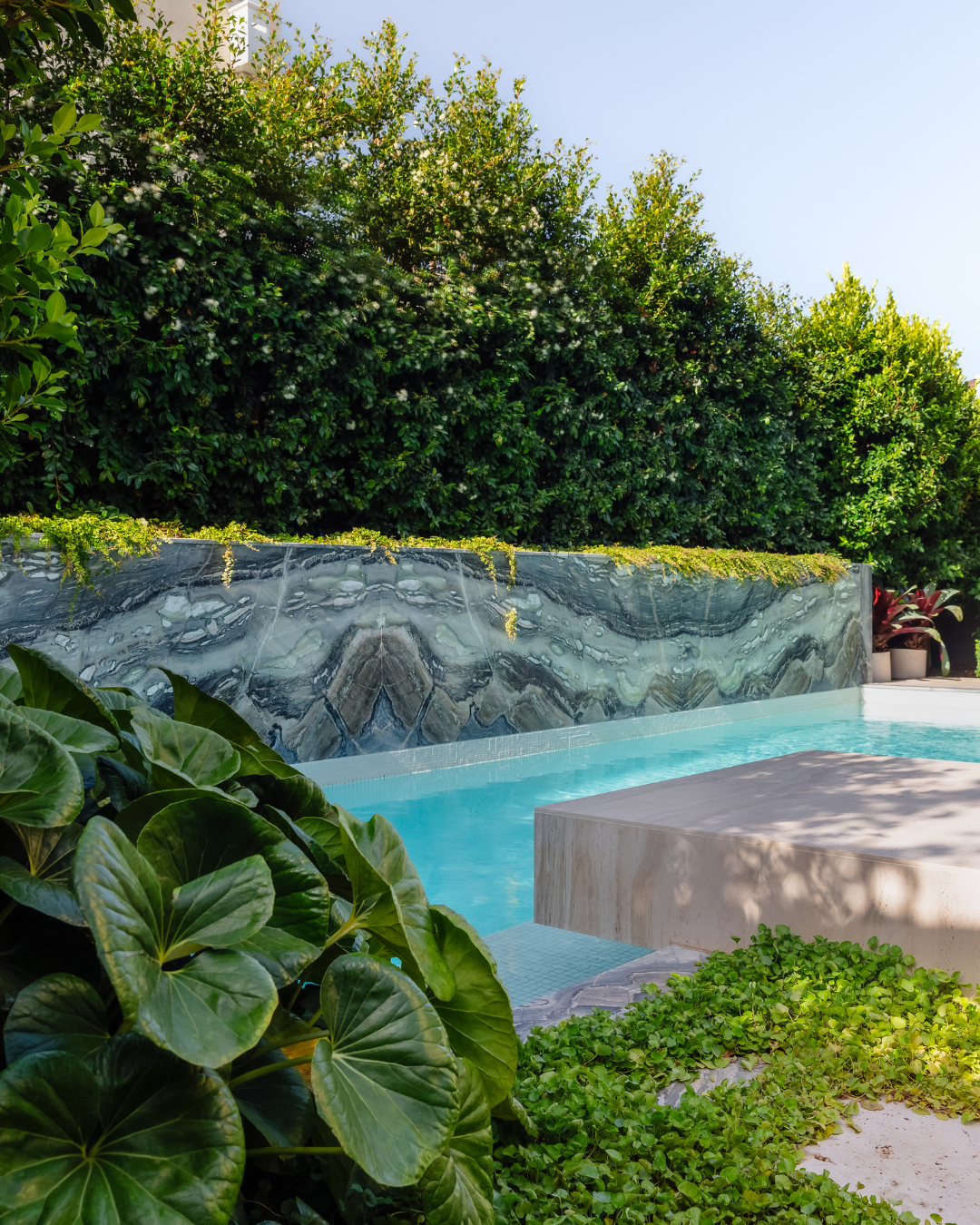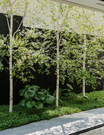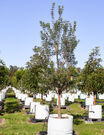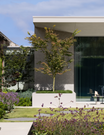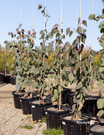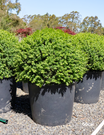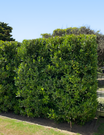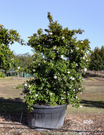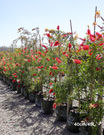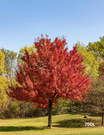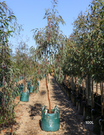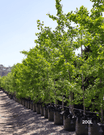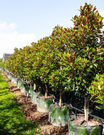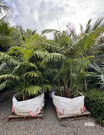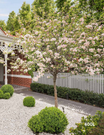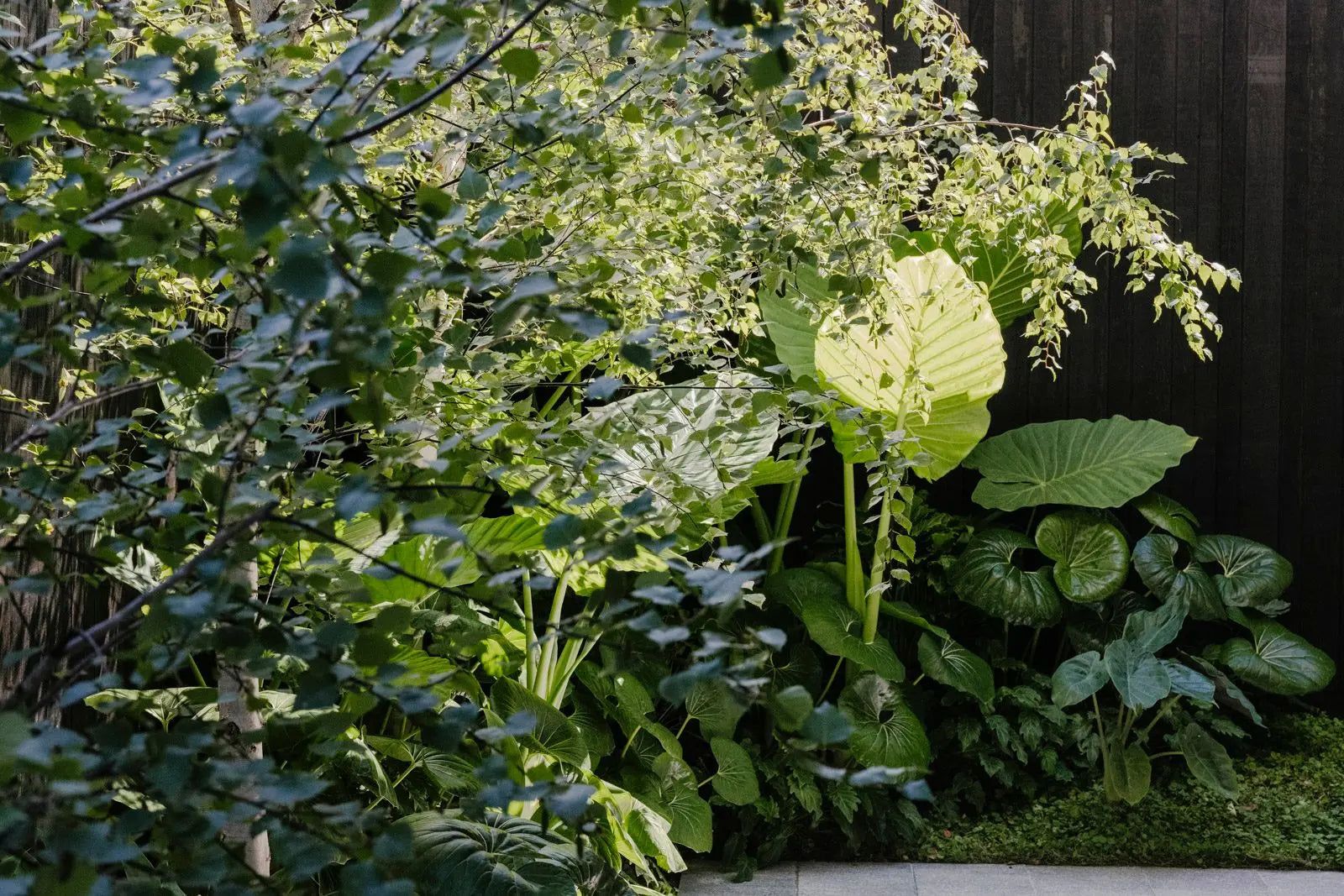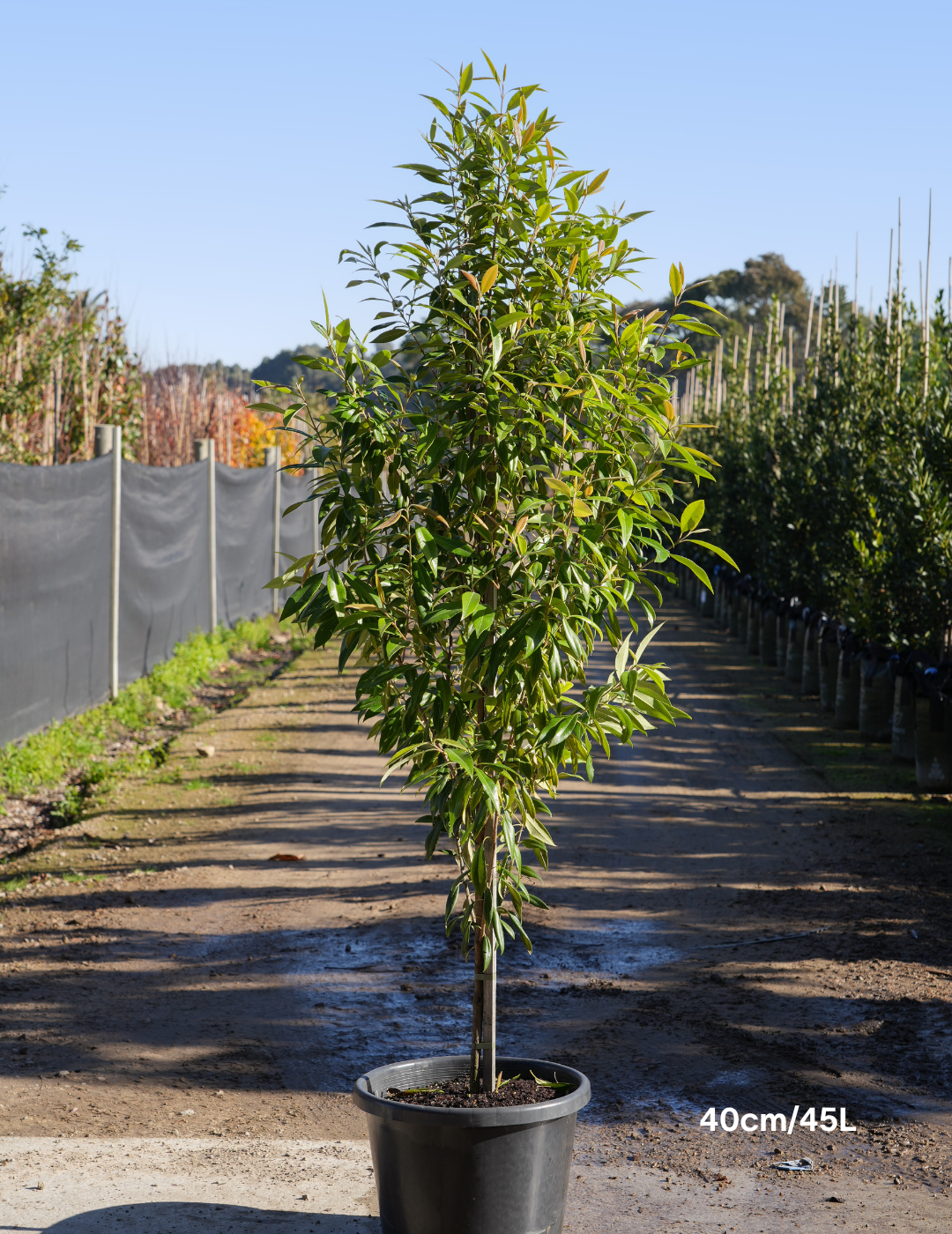
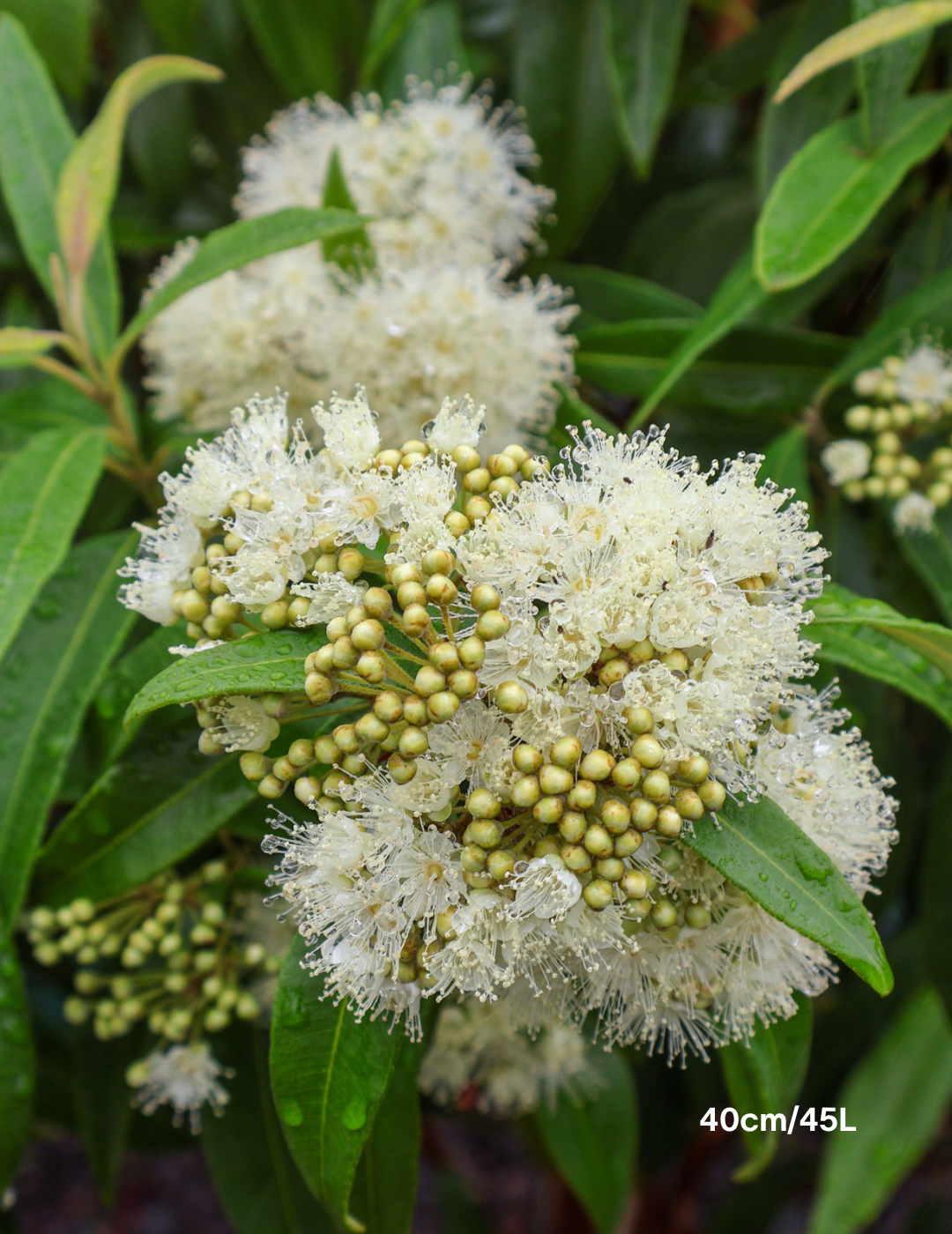
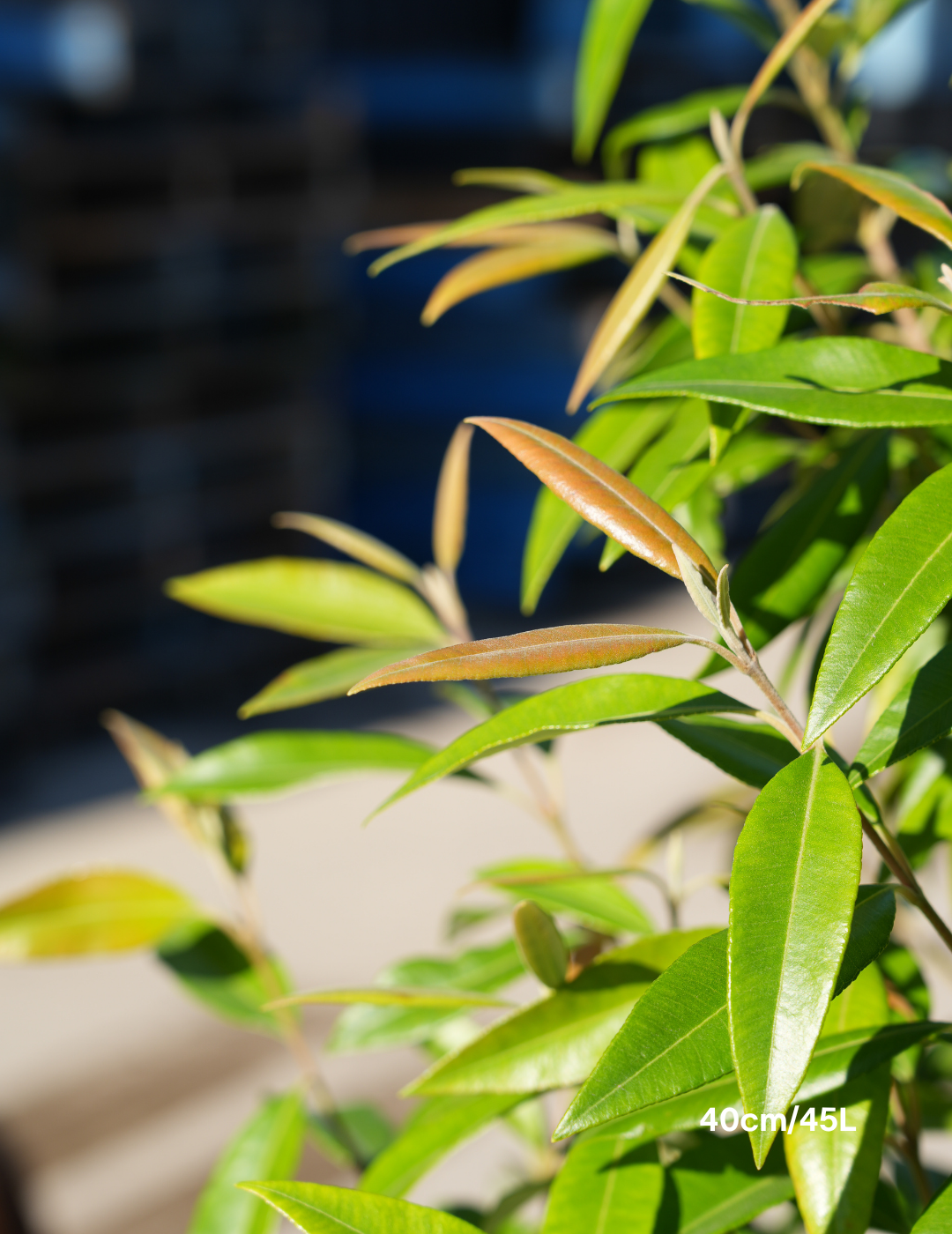
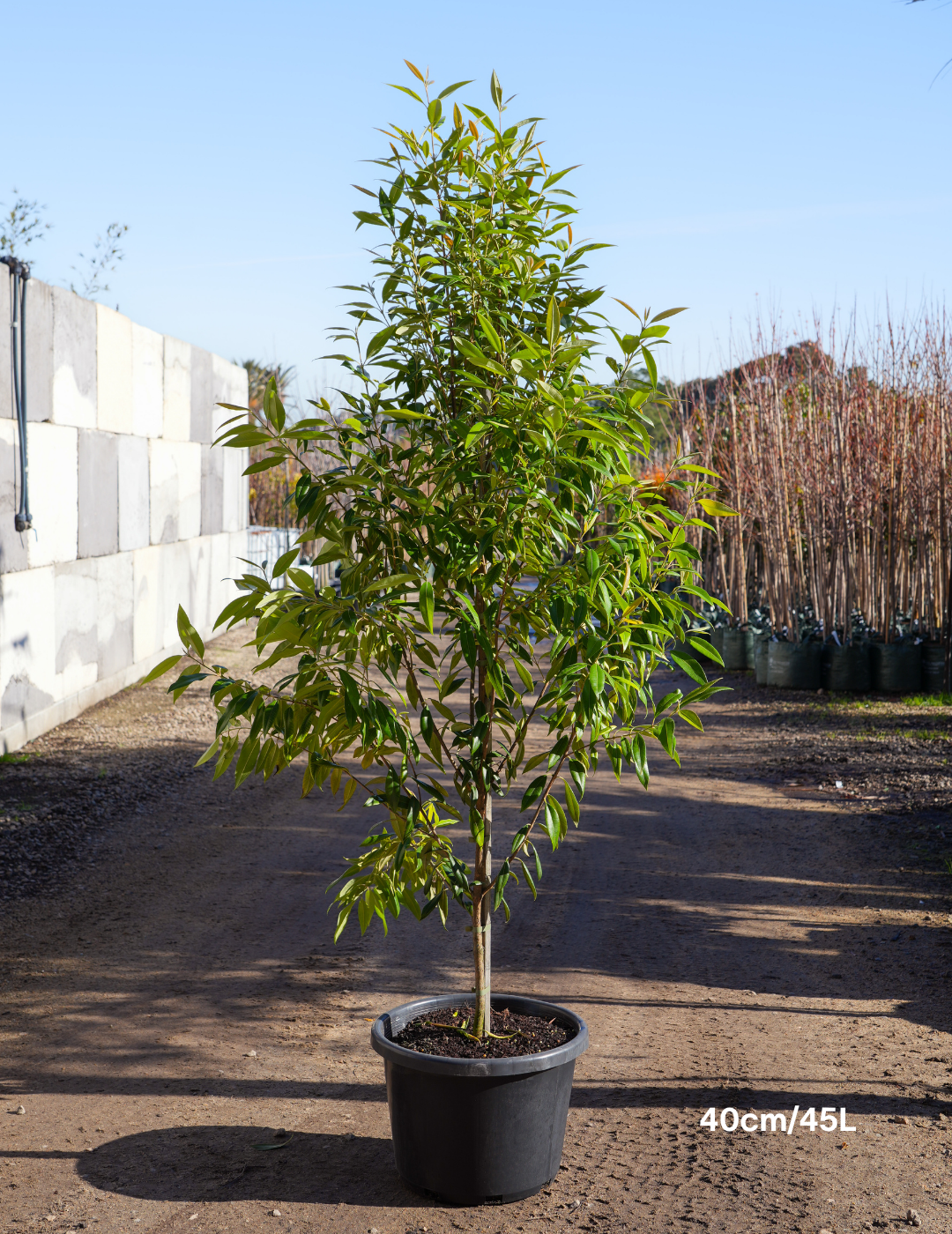
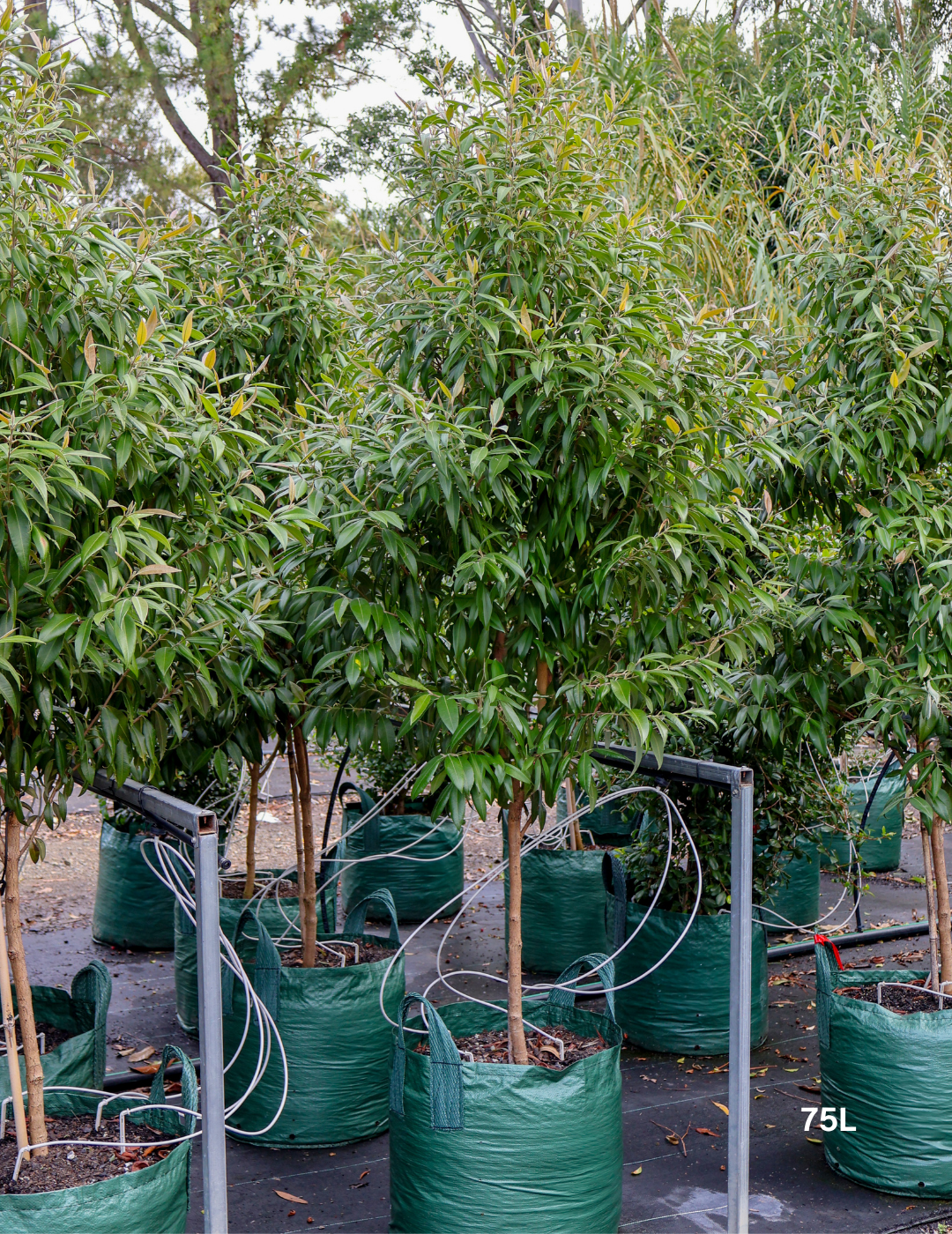
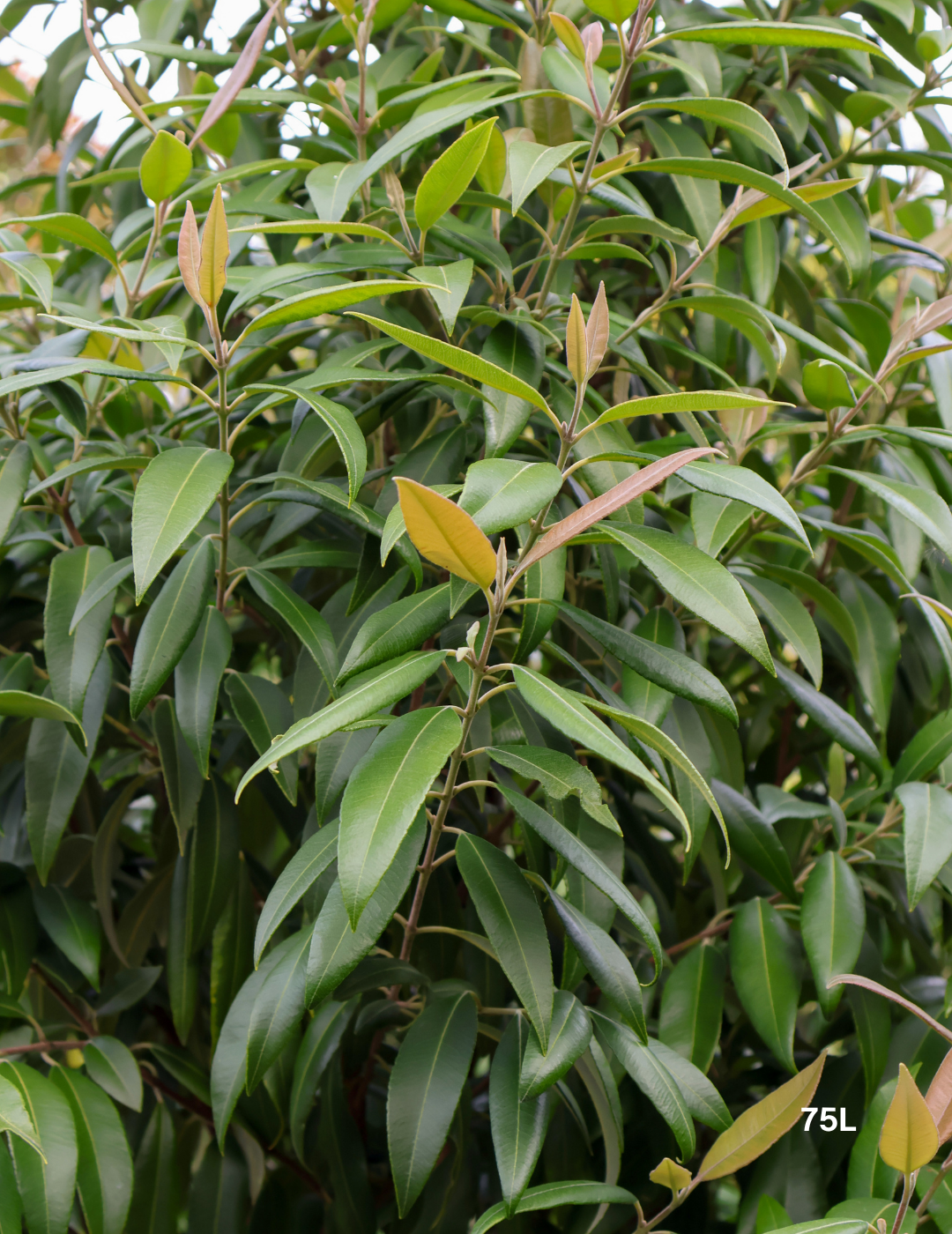





Backhousia citriodora - Lemon Myrtle
Tax included. Shipping calculated at checkout
Mature Height:
Mature Width:
5m – 7m
Please note, as living products, our trees naturally vary in size and appearance throughout the seasons. The photos on our website are provided as a helpful guide, but may not always reflect our current batches.
We always aim to deliver stock as pictured, but some variation is to be expected. For up-to-date sizing, please refer to our current height guide. If you’d like to see photos of our current stock, just let us know—we’re happy to send them!
Our Shipping cost is calculated at checkout based on volume you anticipate to order and exact location.
You will not be charged to find out this information.
We supply advanced trees to landscapers, developers, architects, and councils Australia-wide. Trade clients receive fast quotes, expert advice, and access to premium stock with reliable freight.
10% OFF
When you spend $1,000
15% OFF
When you spend $2,000
20% OFF
When you spend $7,500
Discounts apply automatically at checkout.

The Details
Backhousia citriodora - Lemon Myrtle Profile
Backhousia citriodora, commonly known as Lemon Myrtle, is a fragrant Australian native and one of our top recommendations for an evergreen feature tree. It produces fluffy white to creamy yellow flowers and has a strong, fresh lemon scent, commonly used in candles.
Lemon Myrtle forms a dense, upright habit ideal for use as a feature tree, screen, or informal hedge. Suited to full sun or part shade, it performs well with regular watering and responds to pruning—whether shaped into a small tree or kept compact in a pot. It is low maintenance, pest resistant, and attracts birds and bees, making it suitable for both urban gardens and larger landscapes.
This versatile tree also has culinary value, with leaves that can flavour teas, desserts, and savoury dishes. Once established, it is tolerant of mild frost and moderate drought. With evergreen foliage, seasonal flowers, and a standout fragrance, Lemon Myrtle combines beauty, resilience, and function in any garden setting.
Plant Spacing Recommendations

The Details
Backhousia citriodora - Lemon Myrtle Profile
Backhousia citriodora, commonly known as Lemon Myrtle, is a fragrant Australian native and one of our top recommendations for an evergreen feature tree. It produces fluffy white to creamy yellow flowers and has a strong, fresh lemon scent, commonly used in candles.
Lemon Myrtle forms a dense, upright habit ideal for use as a feature tree, screen, or informal hedge. Suited to full sun or part shade, it performs well with regular watering and responds to pruning—whether shaped into a small tree or kept compact in a pot. It is low maintenance, pest resistant, and attracts birds and bees, making it suitable for both urban gardens and larger landscapes.
This versatile tree also has culinary value, with leaves that can flavour teas, desserts, and savoury dishes. Once established, it is tolerant of mild frost and moderate drought. With evergreen foliage, seasonal flowers, and a standout fragrance, Lemon Myrtle combines beauty, resilience, and function in any garden setting.
Plant Spacing Recommendations

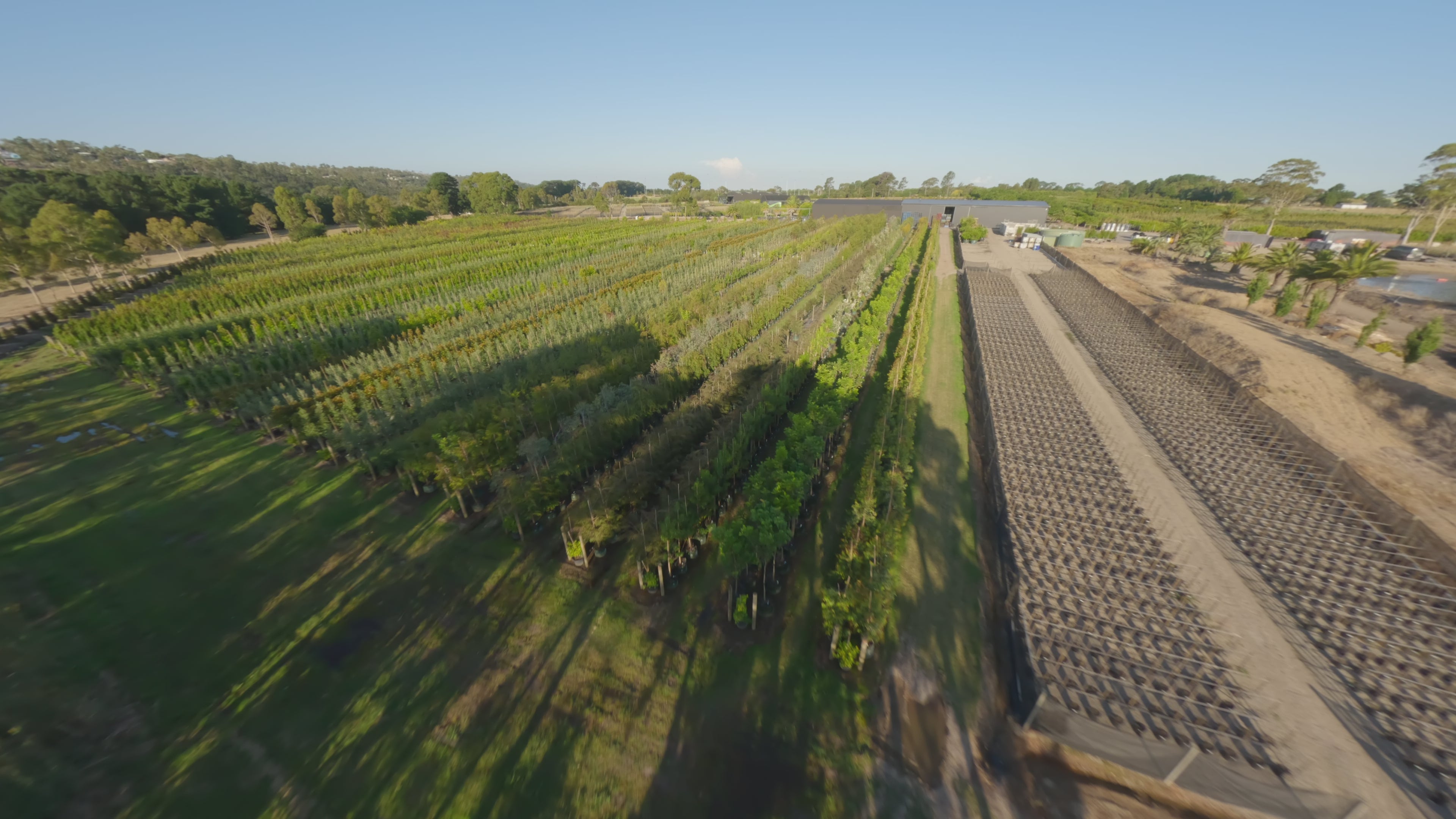
Your One Stop Shop Advanced Tree Supplier
About This Tree
Botanical Profile
Explore the essential characteristics and growth habits of this plant, curated to assist you in making an inspired and confident choice for your landscape.
Mature Height
Mature Width:
5m – 7m
Approx. 40 – 60 cm per year
Evergreen (foliage year round)
Frost Sensitive – May suffer damage from frost, best in frost-free or protected spots.
Backhousia citriodora - Lemon Myrtle is considered:
Yes
Flower Colour: Yellow
Flower Type:
Flowering Period
As Featured In






Here Is What Customers Like You Frequently Ask
FAQ
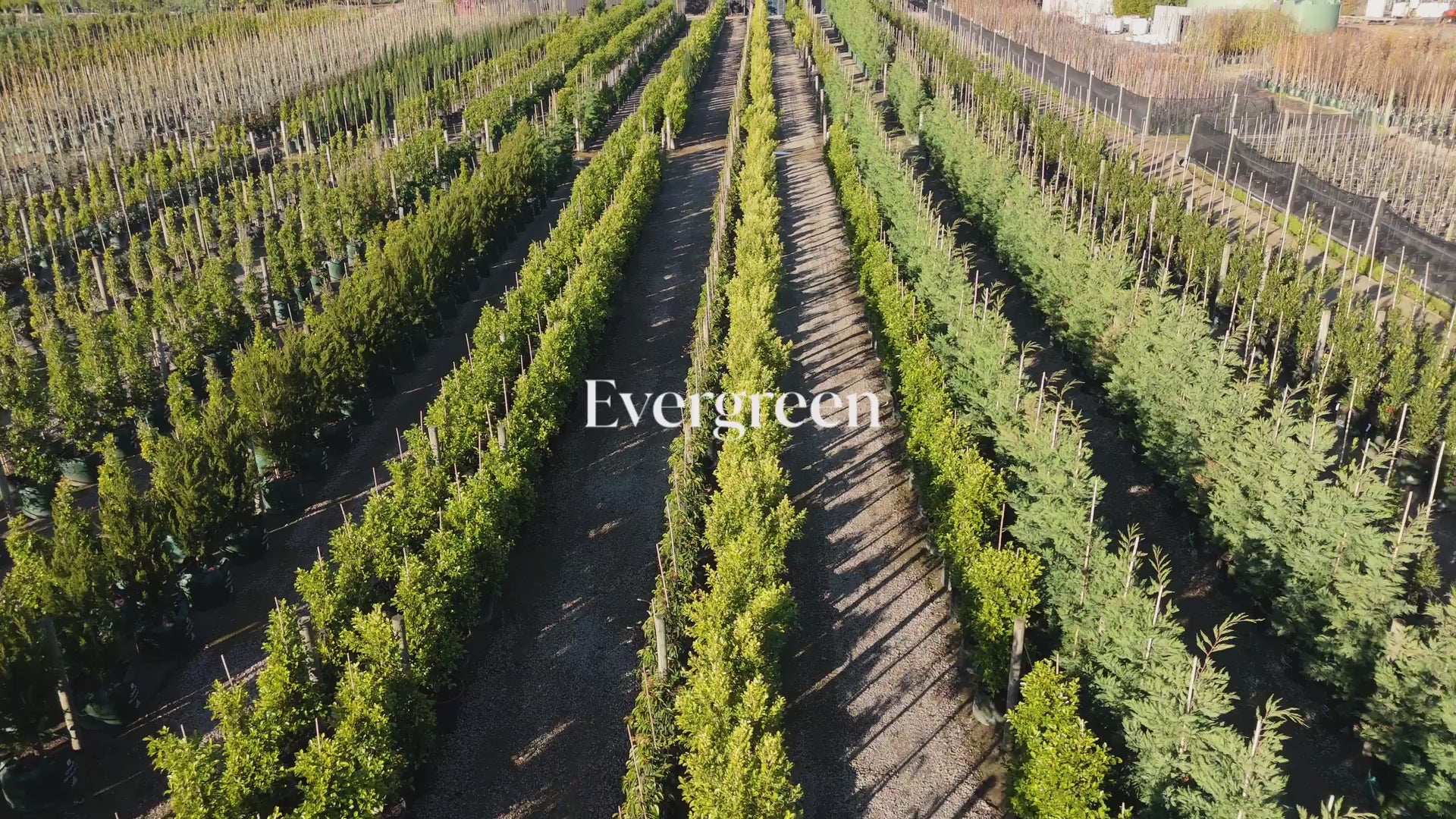
About
Planting Guide
How to Plant Backhousia citriodora - Lemon Myrtle
Root Ball Dimensions (Width × Depth) For Planting
Use this as a reference when digging your planting hole. We recommend digging at least 10% wider than the dimensions below to encourage strong root development.
- 30cm Pot: 33cm (W) × 30cm (D)
- 40cm/45L Pot: 44cm (W) × 41.5cm (D)
- 50cm Pot / 70L Pot: 55cm (W) × 41.8cm (D)
- 100L Bag: 50.6cm (W) × 52.8cm (D)
- 150L Bag: 66cm (W) × 55cm (D)
- 200L Bag: 71.5cm (W) × 60.5cm (D)
- 300L Bag: 88cm (W) × 63.8cm (D)
- 400L Bag: 99cm (W) × 66cm (D)
- 500L Bag: 122cm (W) × 66cm (D)
- 750L Bag: 134cm (W) × 69cm (D)
- 1000L Bag: 146.3cm (W) × 71.5cm (D)
- 2000L Bag: 176cm (W) × 82.5cm (D)
HAVE A PLANT SCHEDULE TO SEND US?
Need Assistance For Your Next Project? Let Us Help.
Evergreen Trees Direct is Australia's unrivaled supplier of the highest quality advanced tree stock. Our extensive supplier network allows us to provide a one-stop shop for all your landscaping needs, no matter how big or small the project. We pride ourselves on exceptional service, ensuring a seamless experience from selection to delivery. Trust us to bring your landscaping vision to life with the perfect trees for any outdoor space. With our unrivaled selection and commitment to service, Evergreen Trees Direct is the top choice for landscapers, property developers, and garden enthusiasts alike.
Recently Supplied Projects
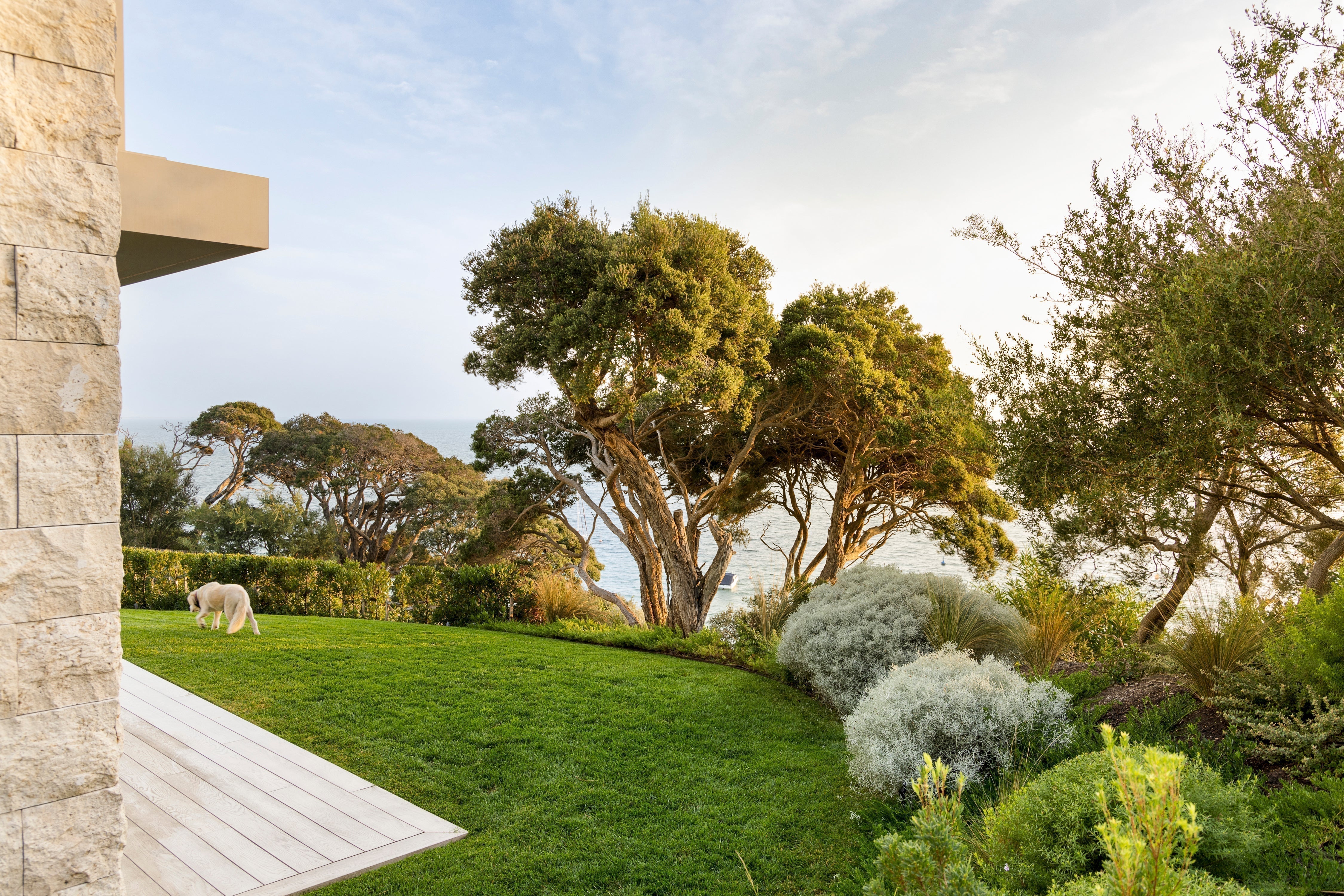
Mornington Peninsula Coastal Garden
A layered, resilient coastal garden designed to withstand harsh salt winds and seasonal extremes. This Mornington Peninsula property features a curated tree and shrub palette focused on longevity, ...
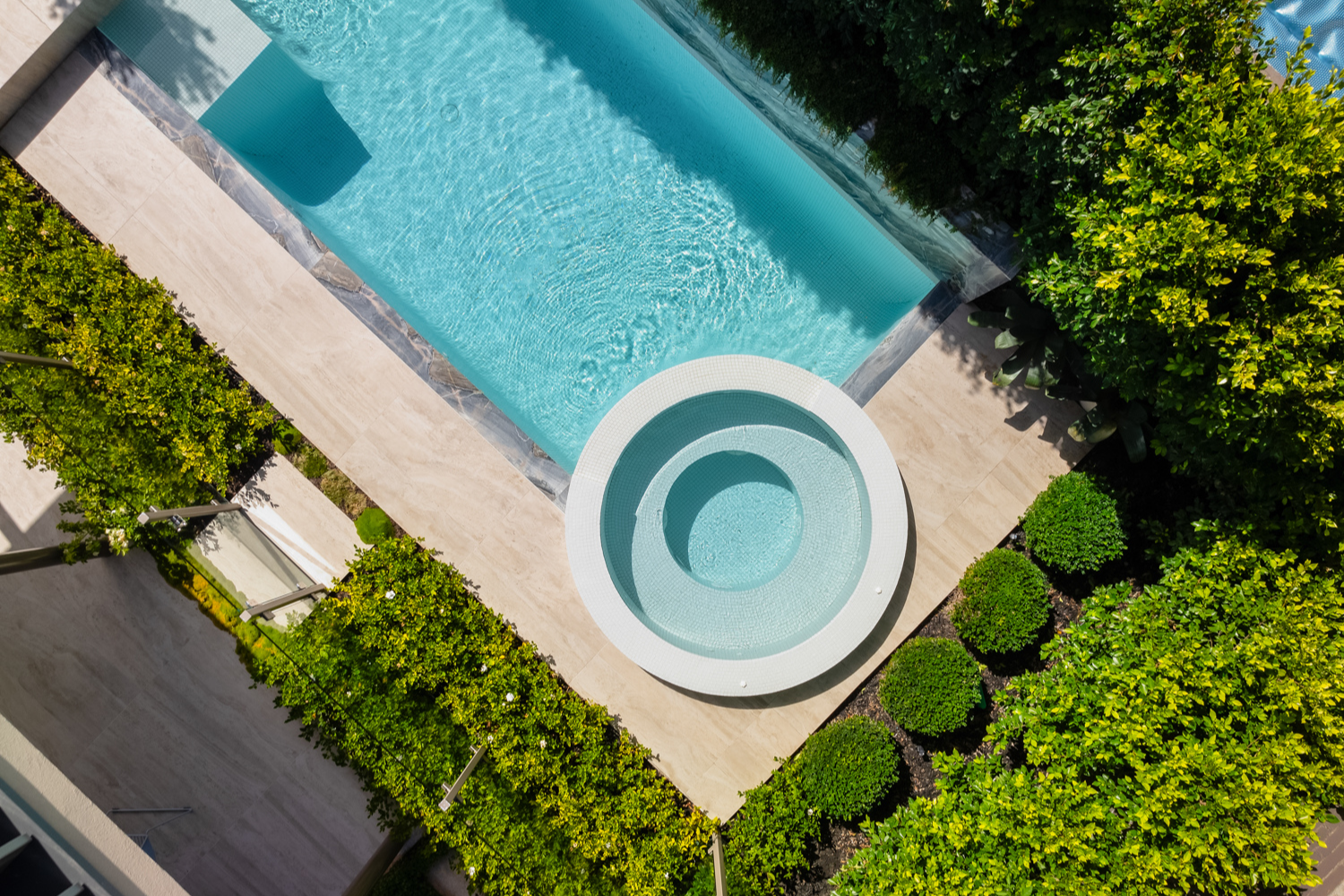
Presenting our recent project in Brighton, Victoria, landscaped by Jack Merlo Landscape & Design. This modern landscape features a variety of hedging, screening, and feature trees, all supplied...
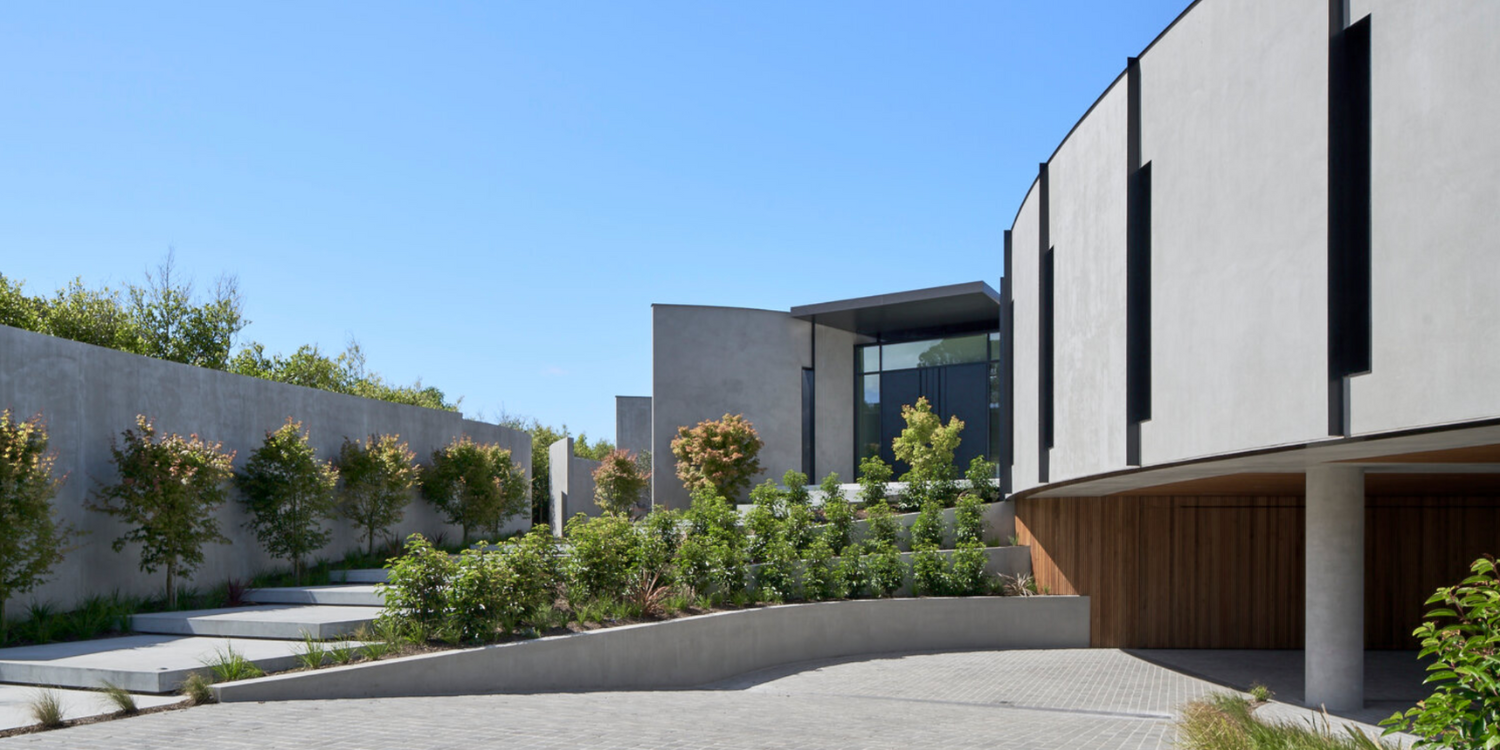
Horizon House in Flinders blends nature with bold architectural design, using natural elements to enhance its modern aesthetic.Acer Palmatum (Japanese Maple) lines the walkway to the entrance, addi...
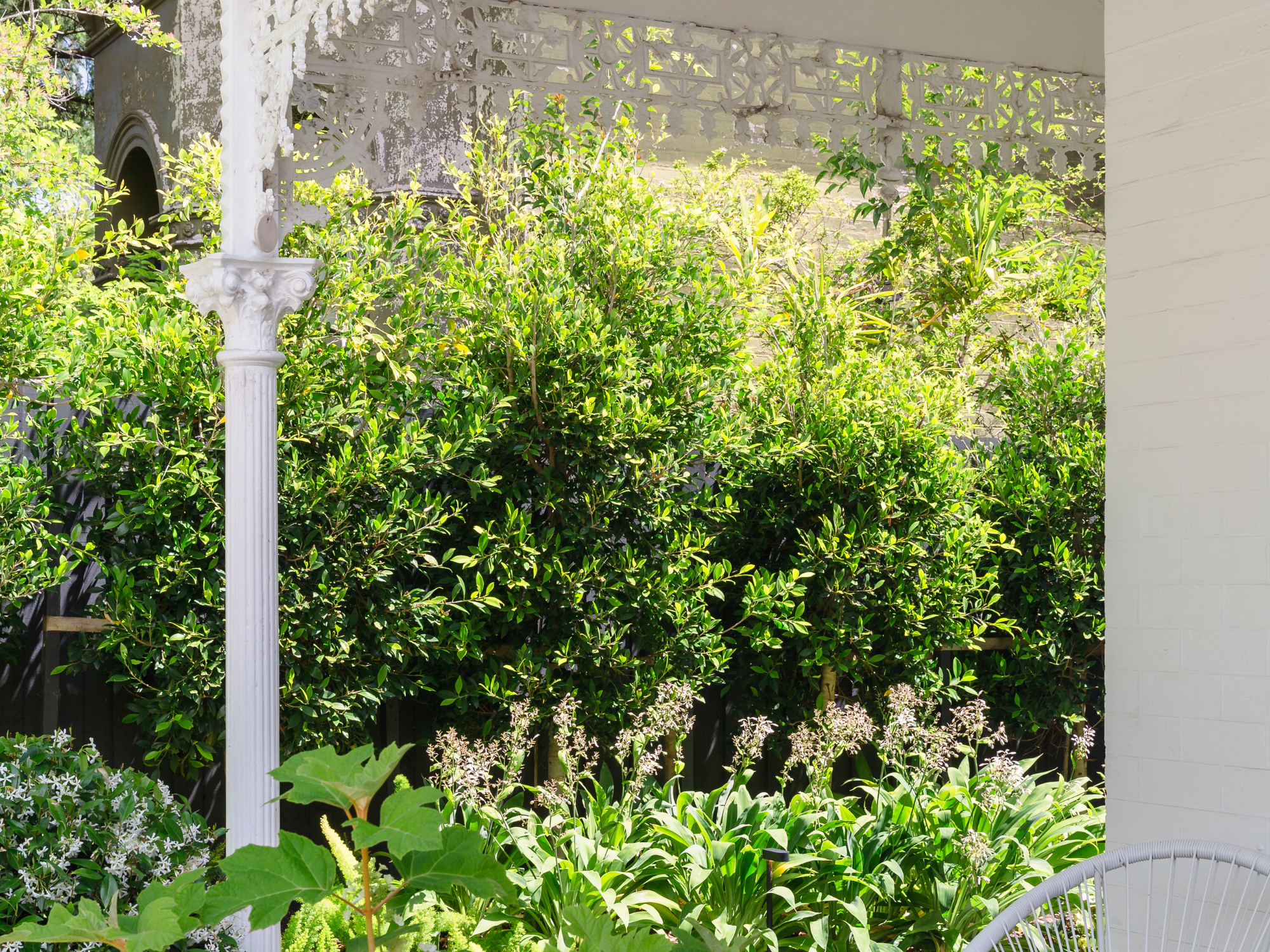
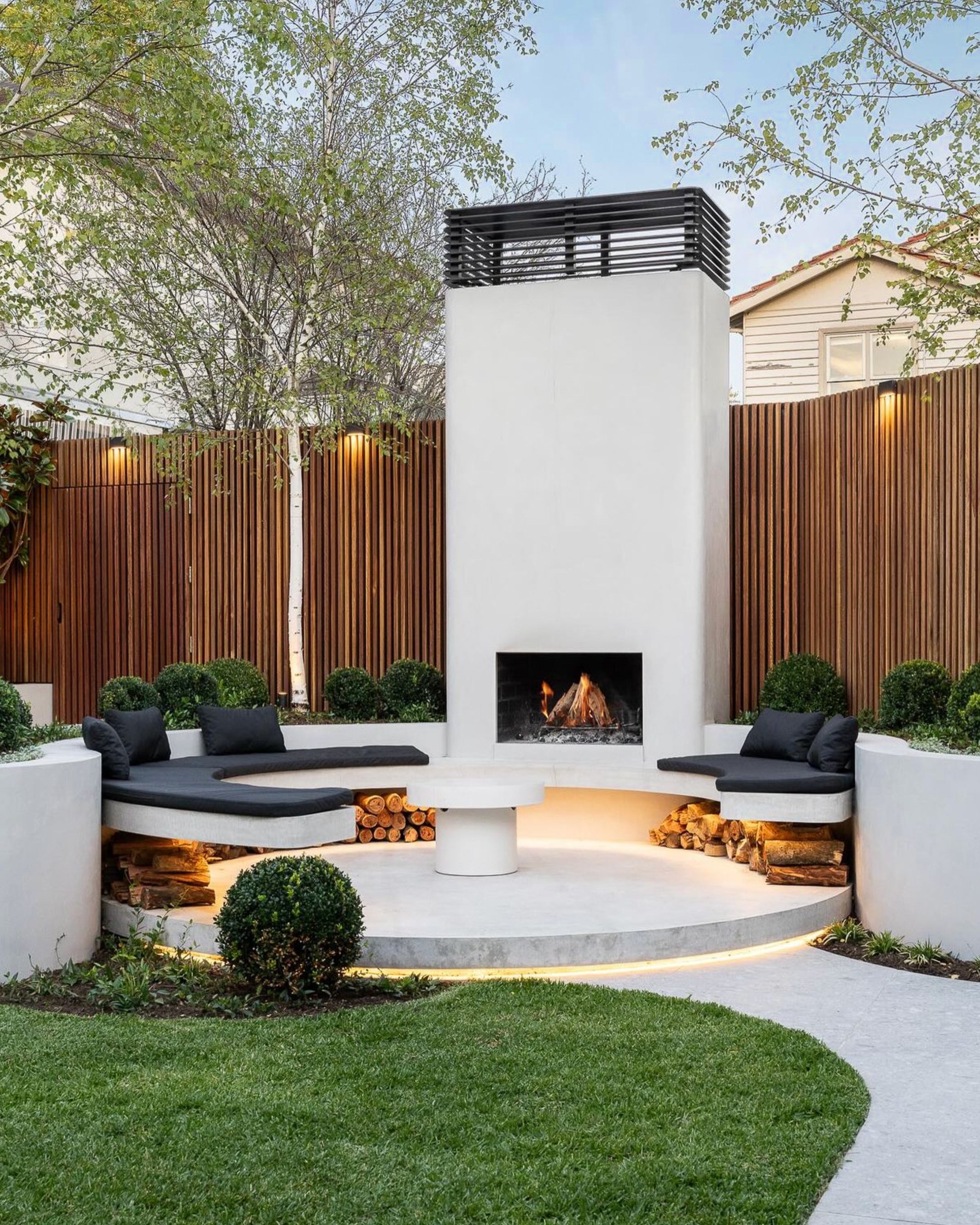
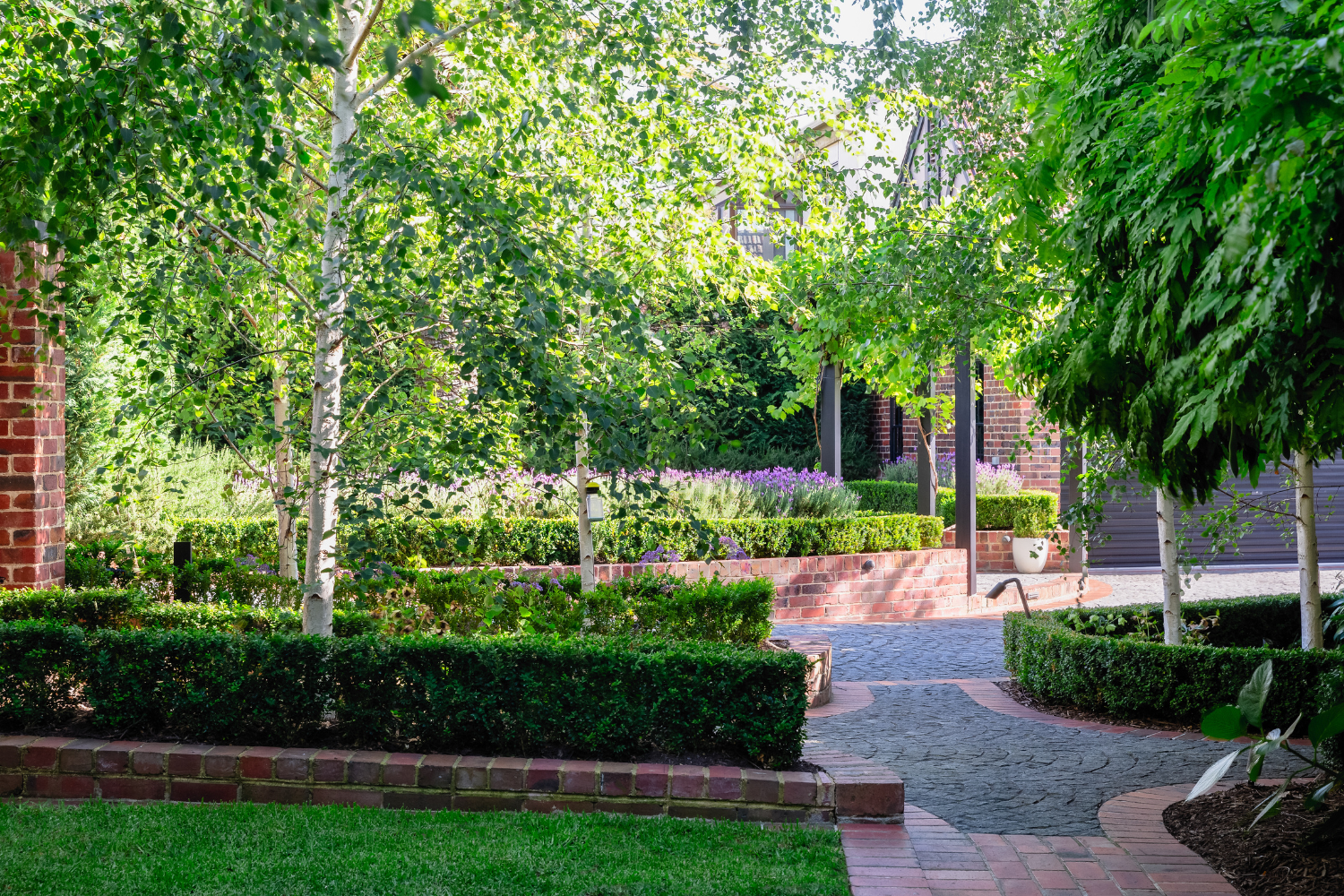
The Esplanade, Mornington Project
The Esplanade project, located along the Mornington coastline, features a carefully chosen selection of trees that thrive in the unique coastal environment of sea breezes and sandy soil. Led by Rob...


